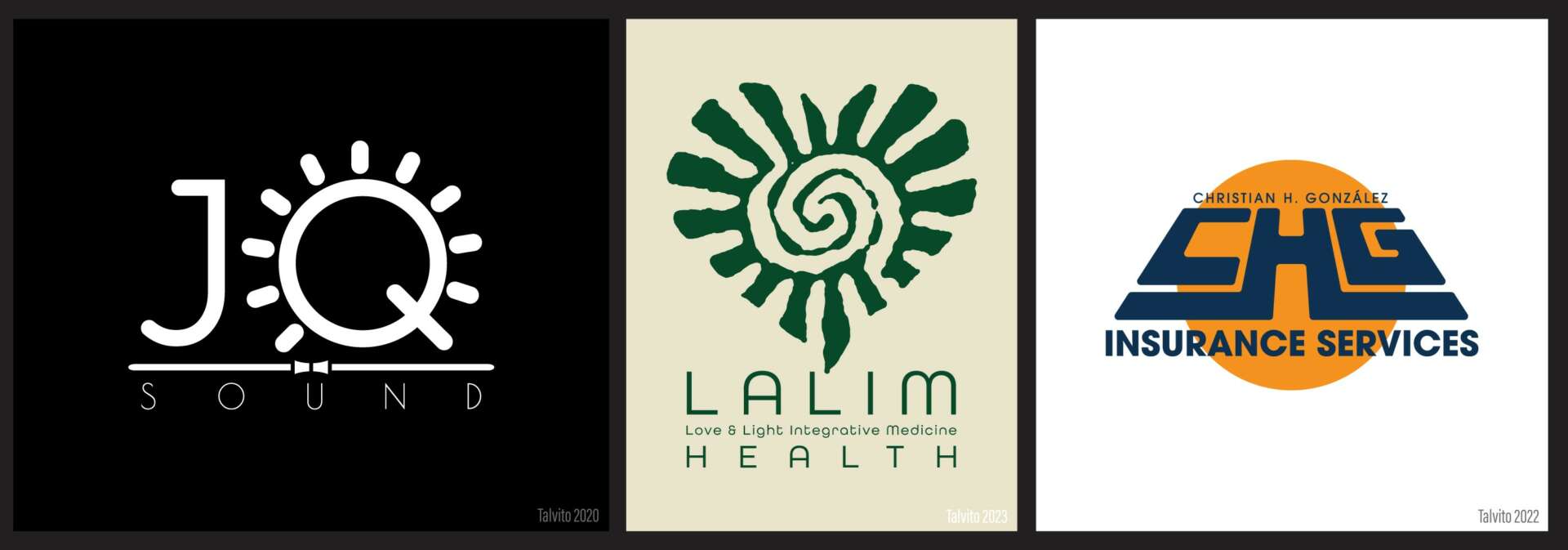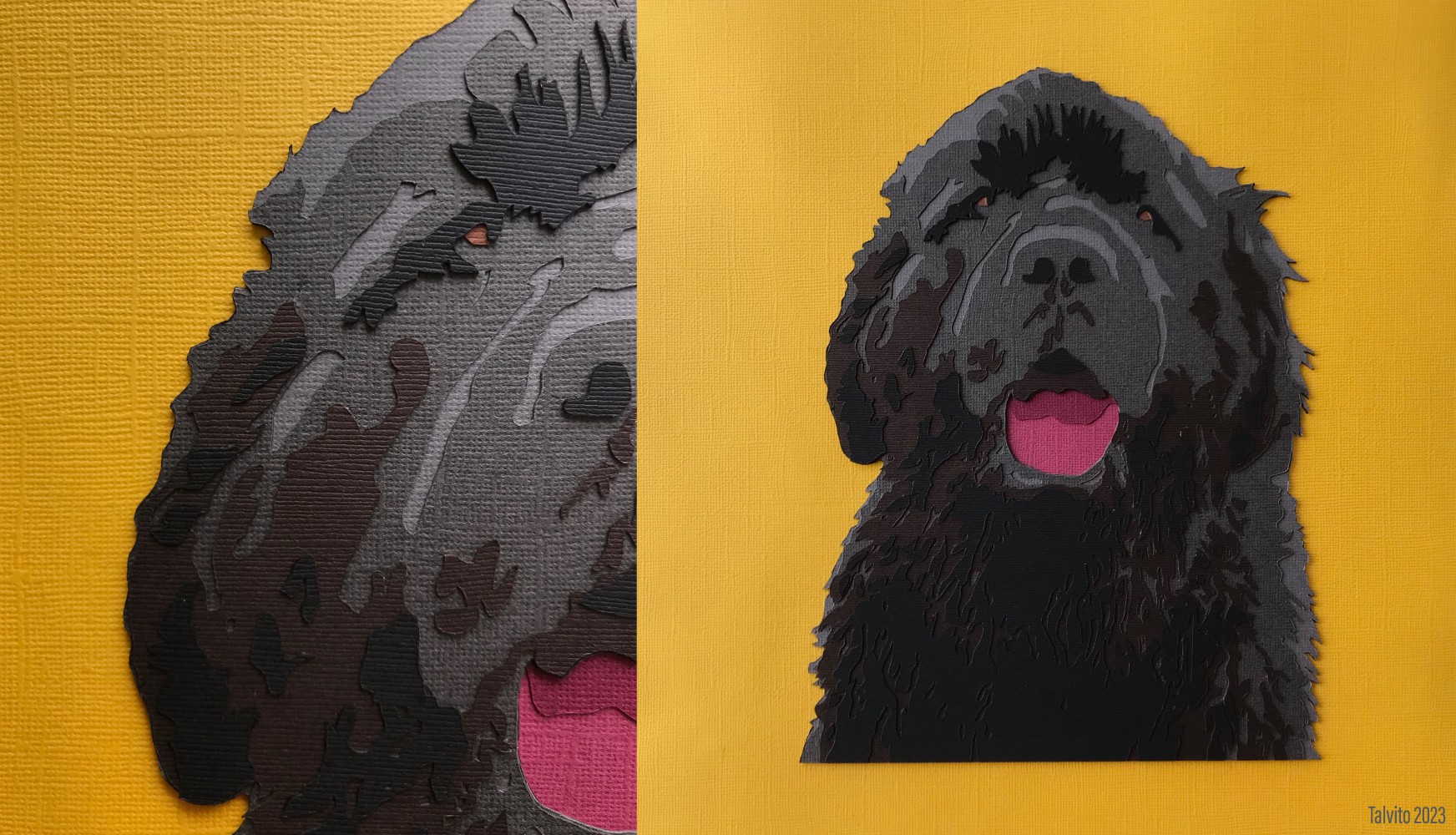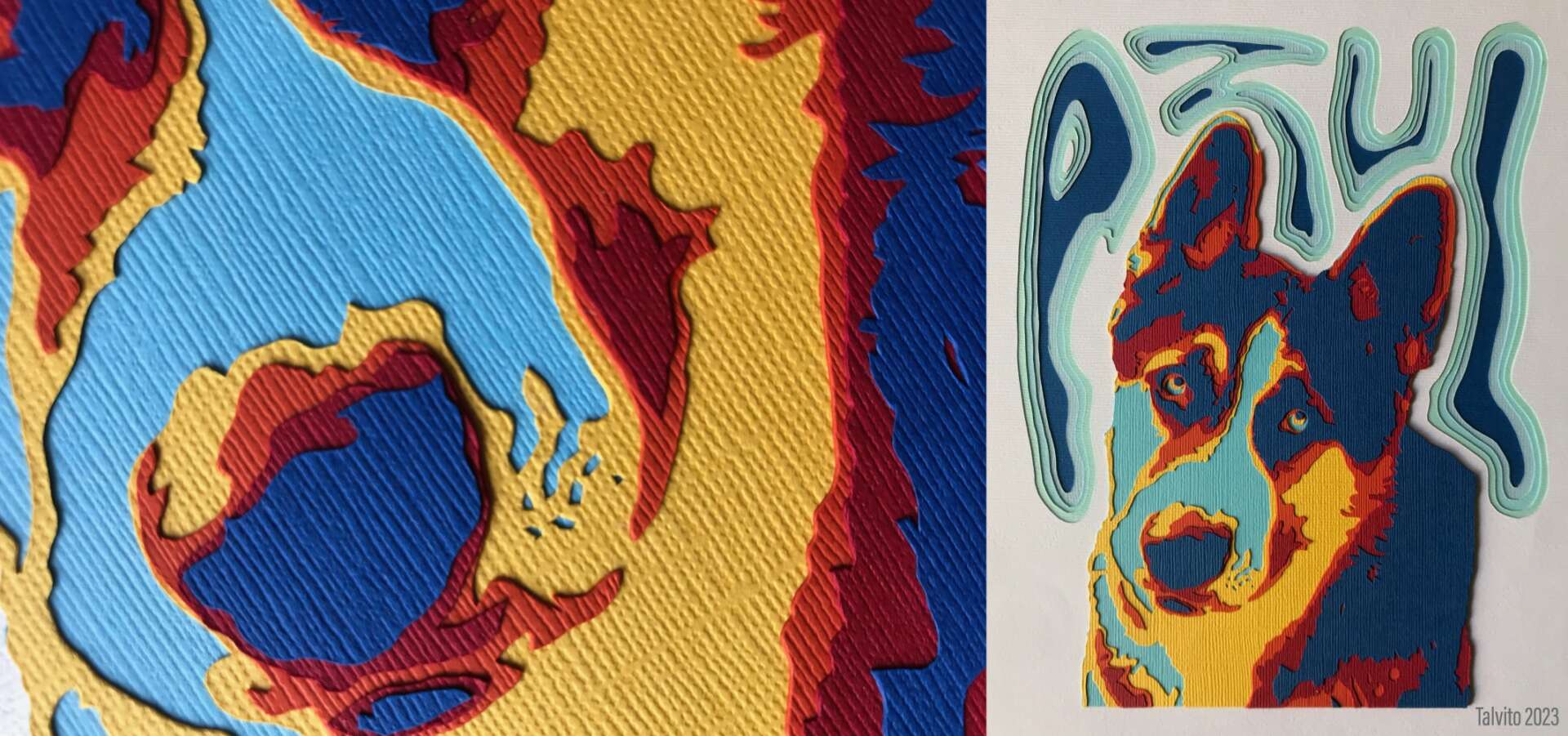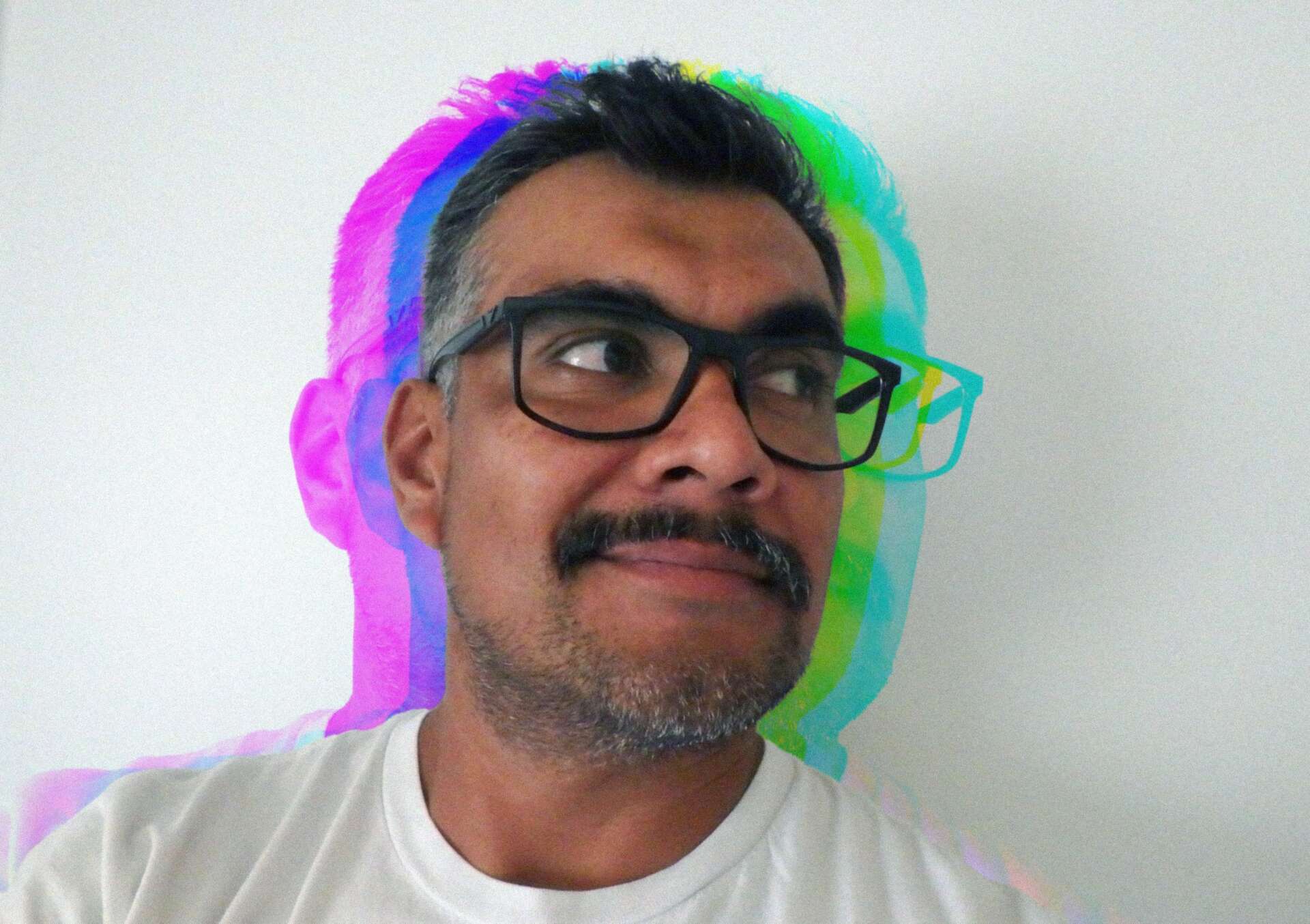We’re excited to introduce you to the always interesting and insightful Gustalvo Gonzalez (aka Gus). We hope you’ll enjoy our conversation with Gus below.
Hi Gus, thanks for joining us today. Can you share an important lesson you learned in a prior job that’s helped you in your career afterwards?
Owning up to your mistakes improves your working relationship with your team. I learned this lesson at a job I had just started as an occupational therapist (OT) in an inpatient psychiatric unit. First, OT is a type of rehabilitation where the goal is to help someone problem-solve how to re-engage in meaningful activities after experiencing a trauma. Second, an inpatient psychiatric unit is where individuals suffering from a mental health crisis may sometimes got to first if they are a danger to themselves, danger to others or are severely unable to take care of themselves. Please note, both definitions are oversimplified. The pace of an inpatient psychiatric unit can shift very quickly, and you rely heavily on those around you to assist individuals with severe mental illness. From the person working the front desk to the psychiatrist, everyone needs to be in a good working relationship because they all rely on one another to maintain the safety and health of the patients and the team supporting them.
I once made a low stakes error, which I owned up to and it set the tone for my relationship with one head nurse in particular. I just started the job and I needed to make copies with a machine I was unfamiliar with; I did not know I had to reset the copier to its original settings once I was done. A few moments later, the head nurse, a strong confident individual not afraid to speak her mind, went to the copier to make copies, and of course her copies came out less than ideal. “Who in the world forgot to reset the copier!? Ugh!” her voice boomed. It was clearly me, I was sitting right behind her. Was I being tested? I don’t know, but I had a choice to own up or not. So, I spoke up, I apologized and thanked her for letting me know about the copier rules. Her face softened, and then she smiled and said, “oh, it’s alright there’s just a lot going on”, and then proceeded to complain about the night-shift nurses, which, by the way, if you ever meet a day-shift nurse ask them what they think about the night-shift, it’s a thing. Anyway, that brief and seemingly insignificant error set the tone for our working relationship moving forward. The interaction created the capacity to communicate our point of views with confidence and we valued each other’s professional roles on the unit. We felt comfortable speaking our minds; we felt safe with each other.
When working with a client interested in logo work or a cardstock piece, a main goal is to provide a safe space to allow for mistakes to happen and build upon. Solutions come from the unlikeliest places, thoughts, ideas and I try to welcome all those threads into my process in the hopes of creating a unique logo mark or cardstock piece with an outcome that resonates with the client I’m serving and hopefully the audience they want to connect with.


Gus, love having you share your insights with us. Before we ask you more questions, maybe you can take a moment to introduce yourself to our readers who might have missed our earlier conversations?
In short, at the early start of the pandemic I had limited space to work on creative endeavors due to living in an apartment with a baby. So, I explored the digital medium. I was familiar with Adobe Photoshop and Illustrator and began to reach out to a couple of friends to make logos for them for free. My aim was to interpret a piece of who they were into a logo mark. It was fun, I enjoyed these tasks and so I decided to explore doing this for folks I didn’t know. And that’s it.
The long story is as follows… Buckle-up… I grew up in South Central LA, the son of a silk-screening business owner and a stay-at-home-mom who later became a marriage and family therapist (LMFT). Reflecting on this, I see how much my parents’ endeavors had influenced my own professional and creative journey.
I am a lifelong creative that sustains his creative itch through his job as an occupational therapist. When time permits, I take on cardstock projects for friends, family, and patrons where I layer hand-precision-cut colorful cardstock paper on top of each other to create bespoke portraits or scenes. Additionally, I practice graphic design and my aim is to help small businesses get started on their branding journey. This can include creating a logo, web-design, developing promotional content (i.e. physical and digital), and implementation of various business, branding, design, and marketing strategies. Both my cardstock and graphic design projects fall under my virtual workspace, Talvito Projects. Talvito is a diminution of my full name, Gustalvo, which in Spanish translates to “Little Gus”; one of the names my dad called me as a child.
My affinity to graphic design and making hand-cut cardstock pieces can be attributed to my father. As a silk-screener, my dad overlapped different colors using silk-screens (i.e. 4-color, 6-color processing) to create vibrant and or realistic looking designs on t-shirts. I grew up watching my dad plan out and execute a project working late nights at home in a garage converted into a dark-room that housed a vintage photo enlarger, a silk-screen exposure unit, film negatives hanging all over, tubs of emulsion solutions etc. It was noisy, hot, smelly and bright and Spanish radio would be blasting in the background. I saw him edit film negatives manually by inking and etching with precision knives; how I enjoyed playing with his precision knives and I have the scar to prove it. I was also exposed to Adobe Illustrator in the 90’s on our Apple Quadra 650 computer. These early exposures and experiences imprinted in me an interest in paying meticulous attention to details, the work flow, creating with my hands, and incorporating digital tools to assist in the process.
However, I was discouraged from pursuing silk-screening or any other creative craft type of career path as it was seen more as a hobby and financially unstable as a career. Being first-generation immigrants, my parents wanted me to consider something more secure and stable. But my parents still nurtured my creativity, sharing with me their favorite operas and musicals on VHS and listening to The Beatles, Creedence Clearwater Revival, ABBA, Handel, Muddy Waters and so much more. This was the soundtrack to my encouraged but discouraged early creative life; a swirl of mixed messages.
Eventually, it was my mother’s pursuit of her Master’s in marriage and family therapy that would influence my career trajectory. She had a lot of books on psychology, which I looked at and slowly took an interest in. Then in college I had to select a major, and uncertain as to what I really wanted to do I pursued psychology as it was familiar to me. Eventually, I learned about occupational therapy.
The biggest impact occupational therapy has had on my work as a creative, is in learning about the person-centered approach. Oversimplified, this is when a client is encouraged to participate in the planning of their own recovery with the hope that this will lead to more motivated client participation and yield meaningful outcomes. This approach inspired me to provide a welcoming environment, aiming to be respectful and inclusive to the thoughts and ideas clients bring to their project. My job is to listen, interpret and guide them in bringing them closer to the fruition of their vision. I educate and inform clients about their options allowing them to co-steer the direction of the project so that meaningful outcomes for the clients are produced.
I am the sum of all my choices and experiences; a tapestry I’m continually exploring. I believe they have made me the best cardstock creative and graphic designer that I can be at this juncture of my life. I continue to learn and explore and grow with every new client/patron I have the honor to work with. I find meaning and joy in the collaboration that manifests with my clients, and the planning and execution involved throughout the process. I approach every project with immense gratitude and respect.

What do you think is the goal or mission that drives your creative journey?
I just want my clients/patrons to feel seen and understood through the projects I interpret for them. The world is noisy with content and symbols and messages, and my goal is to delineate a clients’ messaging as clearly and true to what they want to convey while being distinct. The people I work with are my inspiration and hopefully my perspective yields a worthwhile outcome for them. I want to make my clients/patrons feel like their point of view matters.

What do you find most rewarding about being a creative?
The problem solving and planning involved in the creative process is very rewarding to me. Yes, I love it when someone says they love a piece or logo I made for them, I appreciate hearing that I did a great job, and I especially love the feeling of a completed project. But really, it’s tapping into that state of flow and focus where you forget about time and even eating. Planning what I’m going to do, setting the stage for myself to play is pure joy to me. Simply put, I just want to play and it’s always more fun when playing with new and old friends. So, come play with me :-)

Contact Info:
- Website: https://www.talvito.com/
- Instagram: @talvito_projects
- Email: [email protected]
Image Credits
Gustalvo Gonzalez


